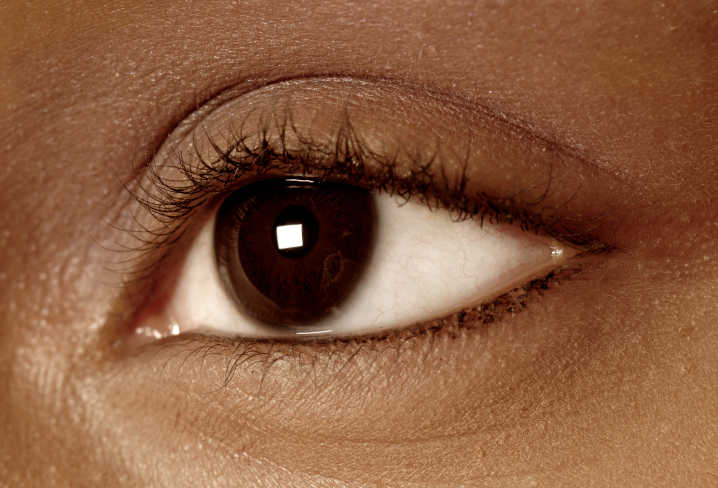
Cataracts are the most common cause of vision loss in people over age 40 and is the principal cause of blindness in the world. In fact, there are more signs of cataracts worldwide than there are of glaucoma, macular degeneration and diabetic retinopathy combined.
Celebrate great health! LIKE BlackDoctor.org on Facebook!
If you have cataracts, you probably won’t experience pain or redness because most cataract symptoms are related instead to vision problems.
What are Cataracts?
A cataract is a clouding of the eye’s natural lens, which lies behind the iris and the pupil. Today, cataracts affect more than 22 million Americans age 40 and older. And as the U.S. population ages, more than 30 million Americans are expected to have cataracts by the year 2020, PBA says.
Types of cataracts include:
- A subcapsular cataract occurs at the back of the lens. People with diabetes, high farsightedness or retinitis pigmentosa, or those taking high doses of steroid medications have a greater risk of developing a subcapsular cataract.
- A nuclear cataract forms deep in the central zone (nucleus) of the lens. Nuclear cataracts usually are associated with aging.
- A cortical cataract is characterized by white, wedge-like opacities that start in the periphery of the lens and work their way to the center in a spoke-like fashion. This type of cataract occurs in the lens cortex, which is the part of the lens that surrounds the central nucleus.
Cataract Symptoms and Signs
These five symptoms can be early signs of cataracts:
1. Cloudy vision. A cataract occurs when the lens of the eye becomes cloudy. At first a cataract is small, so only a tiny part of your lens is affected, and you may not notice it. Over time, however, the cataract will grow and cause cloudy vision.
2. Lens discoloration. When you have cataracts, your lens slowly changes to a yellowish or brownish color. This adds a brownish tint to your vision. As with cloudy vision, the change in tint may at first be so slight you may not notice a vision problem. However, with time, the tinting or fading of colors can increase, making it more difficult to perform everyday tasks, such as reading or watching television. As the lens discoloration advances, you may not be able to identify colors, especially blue and purple.
3. Myopic shift. This happens when a person used to be able to see really well far away but needed reading glasses. All of a sudden they don’t need reading glasses anymore, but their distance vision has gotten much worse. This is a sign that the cataract is starting to evolve. It’s caused a change in the lens, and the patient has become very nearsighted. The change is only temporary. In a very short period of time, however, the lens will become very cloudy, and his or her vision may further deteriorate.
4. Poor night vision. People who used to be able to drive well at night and who did not get a lot of glare or star-bursting from oncoming cars find it much more difficult to drive at night.
5. Glare and halos. If you are developing cataracts, you may find that light from the sun, an oncoming car’s headlights, or lamps seem too bright. Cataracts can cause you to see glare or halos around the light sources.








